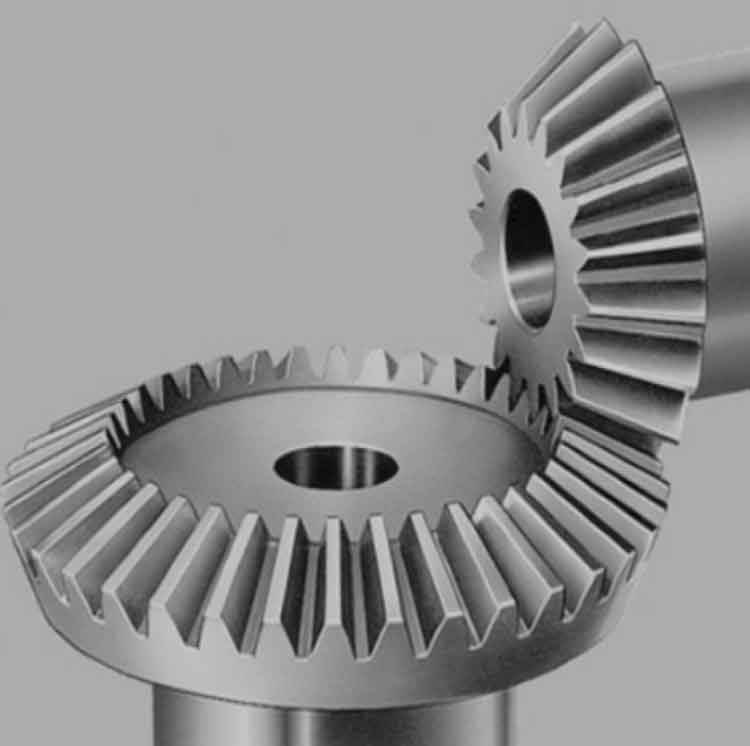
Straight bevel gears play a critical role in railway locomotives, enabling the efficient transfer of power from the engine to the wheels and driving the locomotive along the rails. Railway locomotives operate in demanding conditions, requiring robust and reliable gear systems to handle heavy loads and provide smooth and precise motion. Here’s how straight bevel gears are used in railway locomotives:
1. Power Transmission:
- Straight bevel gears are employed in the locomotive’s transmission system to transfer power from the diesel engine or electric motor to the wheels.
- The gears enable the engine’s rotational motion to be transmitted to the axles, driving the locomotive forward or backward.
2. Reduction and Gear Ratio:
- In many locomotives, straight bevel gears are used in the reduction gearboxes to adjust the rotational speed and torque output from the engine to match the desired wheel speed and traction requirements.
- The gear ratio provided by the straight bevel gears allows locomotives to achieve different speeds and operate efficiently across varying terrains.
3. Differential Gearing:
- Locomotives equipped with multiple axles often use differential gearing, which includes straight bevel gears.
- The differential distributes power and compensates for differences in wheel rotation when taking curves or encountering uneven tracks, ensuring smooth and stable locomotion.
4. Gearbox and Transmission Units:
- Straight bevel gears are an integral part of locomotive gearbox and transmission units that provide multiple speed ranges and allow locomotives to switch between forward and reverse gears.
5. Drive Shafts and Power Distribution:
- Straight bevel gears are used in drive shafts and power distribution systems to efficiently transfer power from the main transmission to secondary drivetrain components and auxiliary systems.
6. Wheelset Alignment and Traction Control:
- Proper alignment of the wheelsets is critical for safe and efficient rail travel.
- Straight bevel gears help maintain the correct alignment of wheelsets and support traction control for smooth acceleration and braking.
7. Gear Noise Reduction:
- Locomotives often operate in populated areas, making gear noise reduction a crucial consideration.
- Straight bevel gears with optimized tooth profiles and precision manufacturing help reduce noise during gear meshing.
8. Reliability and Durability:
- Straight bevel gears are known for their strength, durability, and ability to handle heavy loads, making them ideal for the demanding conditions of railway locomotives.
The use of straight bevel gears in railway locomotives ensures efficient power transmission, reliable operation, and improved traction, contributing to the safe and smooth movement of trains. Engineers carefully design and select gear systems to match the specific requirements of each locomotive model, considering factors such as torque, speed, traction, and operating conditions to optimize performance and ensure the longevity of these essential components in the railway industry.
